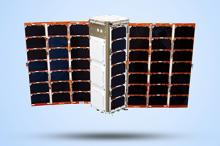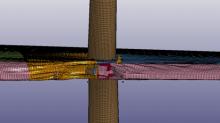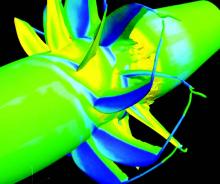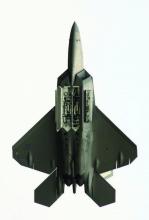Aviation
Noise Generation
The noise from jet-engine exhausts can cause substantial hearing loss for crewmen and airport personnel and activate restrictive regulations and/or fees for airlines. The large turbulent eddies within the jet plume—also known as large-scale coherent structures—produce the majority of the noise in the aft angles of the engine.
CERAMIC COMPONENTS
Aviation industry manufacturers have traditionally relied upon conventional metals and alloys for constructing internal engine parts. During operation, these engines can generate sufficient heat to raise temperatures to within 50 degrees of the melting point of the nickel-based superalloys, titanium, aluminum and steel used in engine construction.
Optimized Fluidic Control
The roar of jet engines is the major source of noise created by commercial and military aircraft, which are bound by numerous stringent noise regulations. A research team led by Ephraim Gutmark, Ph.D., D.Sc., at the University of Cincinnati, is leveraging both experimental and computational tools to optimize existing aircraft noise suppression techniques and to develop new ones.
Chen developing improved turbomachinery simulation software
Turbomachinery, such as that found in compressors and turbines, is instrumental in today's aeronautic, automotive, marine, space and industrial power generation. To achieve the most efficient propulsion and power systems, engine designers must understand the physics of very complex air-flow fields produced within multiple stages of constantly rotating rotors and stators.









